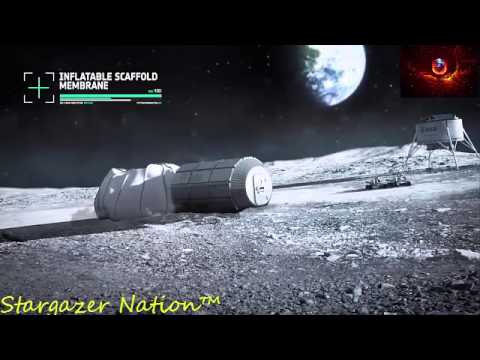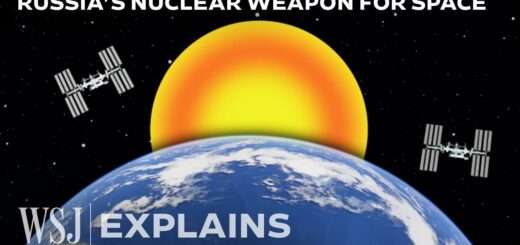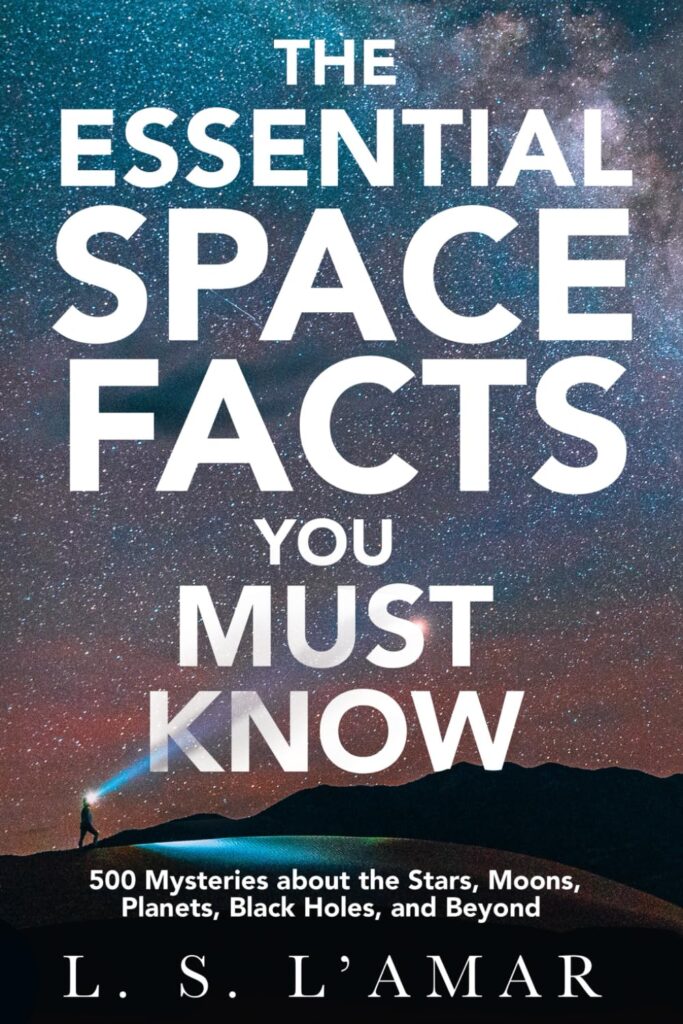What Russia’s war means for the International Space Station
This is the International Space Station. It orbits the earth 16 times a day, 250 miles up. It’s where astronauts from more than a dozen different countries have been living since the year 2000 mostly Russians and Americans. And for the last 10 years, basically the only way anyone got up or down was in a Russian Soyuz. At least in space, countries like Russia and the US depend on each other. But when Russia invaded Ukraine, the US levied major sanctions in response including some meant to… “degrade their aerospace industry, including their space program.” The head of Russia’s space agency responded that perhaps they’d crash the Space Station. They even made a fake video showing Russians leaving an American astronaut… and then detaching the Russian segment. Relations between the West and Russia are the tensest they’ve been since the International Space Station has been in operation. So, what happens to it now? During the Cold War, the US and the Soviet Union were in the Space Race. Who could develop the technology to reach the stars first? But space is also where the two countries have tried to get along. After the Soviet Union launched the first satellite and put the first man into space but before the US landed on the moon there was actually talk of going to the moon together. “The cold reaches of the universe must not become the new arena of an even colder war.” It actually ended up being something discussed in Congress. Of course, that was where it then fizzled out. But I think it was important that these discussions took place. It led to the two countries eventually collaborating on compatible docking system. Even joining spacecrafts in 1975. The handshake was the symbol of “We see each other as equal partners in this.” “We recognize and respect each other, at least here in space.” Soon after the US would begin its Space Shuttle program bringing astronauts and satellites into space in reusable shuttles. And the Soviet Union would create the first modular space station, Mir where cosmonauts could live long-term. At the same time, the US, Japan, Canada and several European countries began planning to build their own space station together. But after the Soviet Union fell — and the Cold War ended the US and Russia began peace talks. One of the first things they agreed to was collaboration in space. Soon US shuttle astronauts docked with Mir. Russian cosmonauts joined Shuttle launches. “And liftoff on Discovery, of a bold new era of space flight between the United States and Russia.” And Russia was added to the joint station plans. “Instead of building weapons in space Russian scientists will help us to build the International Space Station.” The first parts of the space station went up in 1998. It was designed to be collaborative and interdependent. It’s made up of these individual modules. Some controlled by Russia, some controlled by the US along with several other countries. The Russian side controls the navigation and the US provides most of the electricity. That was a purposeful design, to sort of work in international cooperation into the actual technicalities of the space station. They’ve conducted thousands of experiments to learn about diseases, climate change on Earth and importantly for space exploration whether humans can actually live in space long-term. How does food grow, or a human body change? The space station is sort of this major stepping stone for more exploration of space going back to the Moon, onto Mars. It’s to learn about human survival in space. And international cooperation in space has largely worked out really well. The US even retired its shuttle program and became completely reliant on Russia’s Soyuz rockets to reach the space station. But then… “Russian tanks, choppers, and troops…” “Vladimir Putin moves to annex Crimea.” In 2014 Russia invaded and annexed Crimea from Ukraine and the US imposed harsh sanctions. Just like he would again years later the head of Russia’s Roscosmos threatened to pull Soyuz access suggesting the US should get to the space station on “a trampoline”. But the two countries weren’t serious about bringing conflict on Earth to the space station. At least the head of NASA then wasn’t worried about the tweets. President Obama and President Putin put sort of a bubble around the International Space Station and we continued the space diplomatic relations. That says something about the value of that bilateral relationship. “The military has escalated its attacks on civilians.” “He believes Russia is committing war crimes.” “He is a war criminal.” Today, the diplomatic relationship between the US and Russia is at the lowest point since the Cold War. But the space relationship between them remains fairly untouched. The Russians didn’t leave the US astronaut behind and brought him back to Earth in a Soyuz. “Touchdown.” “I never perceived those tweets as anything to take seriously.” “I just had too much confidence in our cooperation to date.” They even sent a new crew of cosmonauts to the space station. “People have problems on Earth.” “In orbit, we’re not lying, we are one crew.” For now the space station continues to run mostly insulated from the geopolitical problems on Earth just as it was designed. Emphasis on: for now. The truth is, the space station is old. It was only designed to last until 2015. And while the countries have agreed to continue operations several times right now that agreement only goes until 2024. The US wants to extend until 2030. Russia has yet to sign on. But even if they do the two countries have different plans in space in the future. Private companies are planning to build their own space stations in the coming decade. NASA wants to depend on those. They’re focused on developing the Artemis program. Going back to the moon, establishing a presence there, and eventually, traveling to Mars. In collaboration with other countries. With two notable exceptions. Russia is currently planning and building its own space station. So is China, who plans to finish their station, already in orbit, this year. They’re also planning a mission to the moon. I think we’re still going to see — we must see — international cooperation in space. But the question is just which countries will cooperate with which other countries. As for the International Space Station, if Russia doesn’t participate after 2024 things they currently control, like navigation, could be designed on the US side. Likely with the help of private companies like SpaceX. SpaceX is already how many astronauts get to the space station. Their first mission in 2020 ended the dependence on Russia’s Soyuz. “The trampoline is working!” “It’s an inside joke.” “Inside joke here.” The International Space Station is really one of the best examples in history of human cooperation. It can represent the best of humanity. The war in Ukraine may hasten the end of the space station. But that end was already planned. What it really threatens is the future of these countries finding common ground in space. “My hope is that these types of connections can be maintained and serve as a path forward to try and find that common ground that we need so desperately to find peace.”














